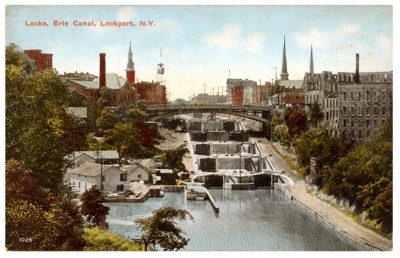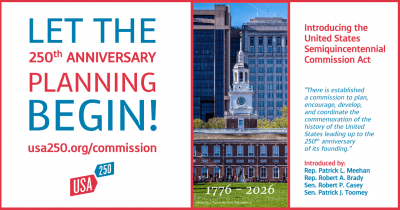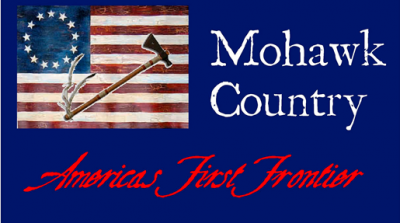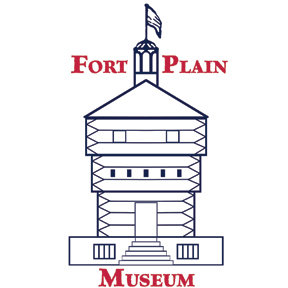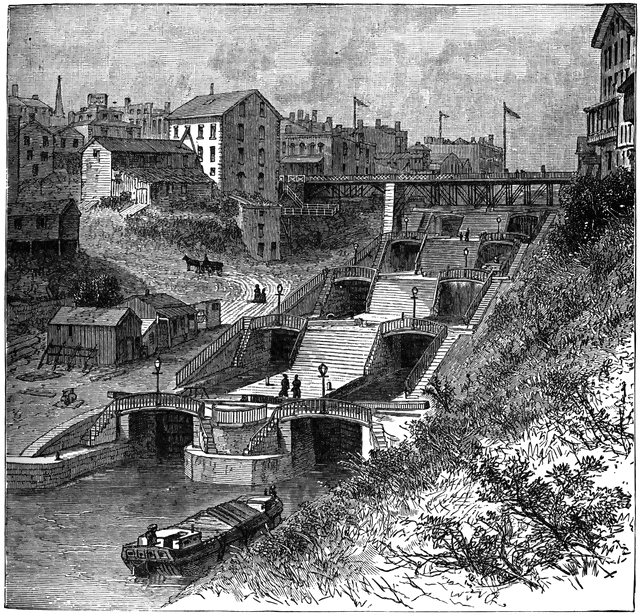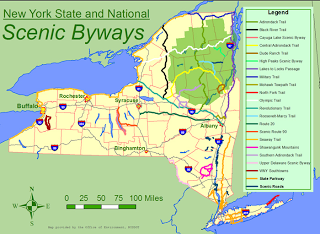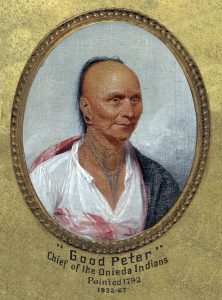
The third of Lafayette’s trips into New York differed from his first two trips. In those, New York City had served as his base: first along the Boston Post Road to New England and second up the Hudson River to Albany/Troy. The third occurred after he undertook a long junket across the United States. He headed south to New Jersey, Pennsylvania, and the District of Columbia.
From October 12, 1824, to February 22, 1825, Lafayette used the nation’s capital as his base. He interspersed his stay there with forays into Pennsylvania, Maryland and Virginia. Yes, he did visit the Yorktown Battlefield. From November 6 to 19, 1824, his stayed at Monticello and then Montpelier. He saw Thomas Jefferson approximately 20 months before he died and then stayed with James Monroe, the current President who had extended an invitation to visit the United States in the first place. He was an eyewitness to the tumultuous presidential election of 1824, another pending bicentennial which we might not only commemorate but relive in 2024-2025. Lafayette ended his capital visit with a ball on February 22, 1825, in honor of George Washington.
Next he took the grand tour or great circle route in the United States as it existed then. He traveled through Virginia, North Carolina, South Carolina (a lot of time in Charleston), Georgia (Savannah), Alabama, Louisiana, Mississippi, steamboat to Missouri, Illinois, Kentucky (multiple times), Tennessee, Ohio, West Virginia (still part of Virginia), and Pennsylvania. That brought him to the borders of New York. He then crossed the state to Massachusetts following the Erie Canal and Routes 5 and 20 (I guess).
This portion of his travels connected him with a great deal of history. He was in the area to be painted by the Hudson River School. He saw much of the nearly completed Erie Canal which would open November 4, 1825, with the Wedding of the Waters He reconnected with the Oneida who like France had been an ally of the United States in the American Revolution. He was traveling through what became the Burned-over District that was becoming the hotspot for social, cultural, and religious activities.
And he was like Johnny Appleseed. Instead of planting seeds he planted communities named after him and which continue to exist to this very day.
This leg of Lafayette’s journey intersects with a wide range of topics in New York State history. There is more to remembering his trip than simply placing a plaque. Consider some of the other anniversaries also occurring at this time:
2024 Centennial of the New York State Office of Parks and Historic Preservation
2024 Centennial of the Indian Citizenship Act
2025 Bicentennial of the Erie Canal with construction already underway
2026 Semiquincentennial of the American Revolution.
So the Lafayette Bicentennial to places like West Point and Oriskany will be prior to the 250th anniversary of the American Revolution events there. Devin Lander, the New York State historian has agreed that Lafayette-related events can be included the Semiquincentennial website hosted by the New York State Museum.
His trip also demonstrates the need for some coordination in the planning of events. We do not want history organizations tripping over themselves in trying to cope with commemorating all the events 100, 200, and 250 years ago. Circumstances are difficult now due to COVID. On the other hand we are all familiar with virtual conferences. Here is where New York State suffers from the absence of a state historical association that could take a leadership position in coordinating the state commemoration of these anniversaries.
PS From time to time I check on the status of the legislation authorizing the commission for the 250th anniversary of the American Revolution. The clock is ticking and the end of the year was fast approaching with still no signing. Then on December 26, 2021, I checked the State Senate website. Lo and behold! On December 22, 2021, Governor Hochul had signed into law “New York State 250th Commemoration act”. So at some point soon, one hopes the members of the Commission will be named and we can start advocating for funding for it.
1825 June 4 Portland NY No specific info
1825 June 4 Fredonia NY Abell’s Hotel
1825 June 4 Dunkirk NY Riverfront
1825 June 4 Buffalo NY Eagle Tavern
1825 June 5 Niagara Falls NY Goat Island
1825 June 6 Youngstown NY Old Fort Niagara
1825 June 6 Lockport NY Locks
1825 June 6 Albion NY Erie Canal
1825 June 7 Rochester NY Colonel Hoard’s & Christopher’s Mansion House
1825 June 7 Mendon NY The Hotel
1825 June 7-8 NY Canandaigua John Grieg’s Mansion
1825 June 8 Geneva NY Franklin Hotel
1825 June 8 Auburn NY Hudson’s Hotel / Brown’s Assemblyroom
1825 June 9 Skaneateles NY Hall’s Hotel
1825 June 9 Marcellus NY
1825 June 9 Onondaga NY Onondaga Courthouse
1825 June 9 Syracuse NY Williston’s Mansion House
1825 June 9 Rome NY The Arsenal, Simonson’s House & Starr’s Hotel
1825 June 10 Oriskany NY Colonel Gerrit Lansing’s House & Judge Platt’s House
1825 June 10 Utica NY Shepard’s Hotel
1825 June 11 Little Falls NY By the Canal
1825 June 11 Schenectady NY Union Street landing / Givens’ Hotel
1825 June 12 Albany NY Cruttenden’s Hotel
1825 June 13 New Lebanon NY Kerr and Hull’s Columbia Hall



